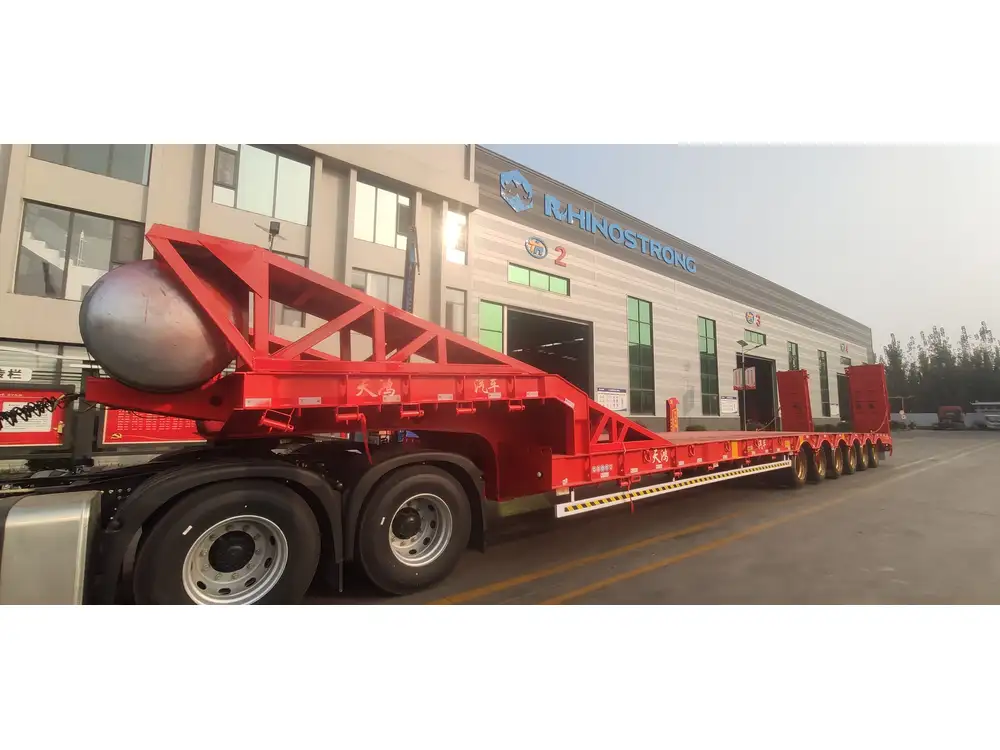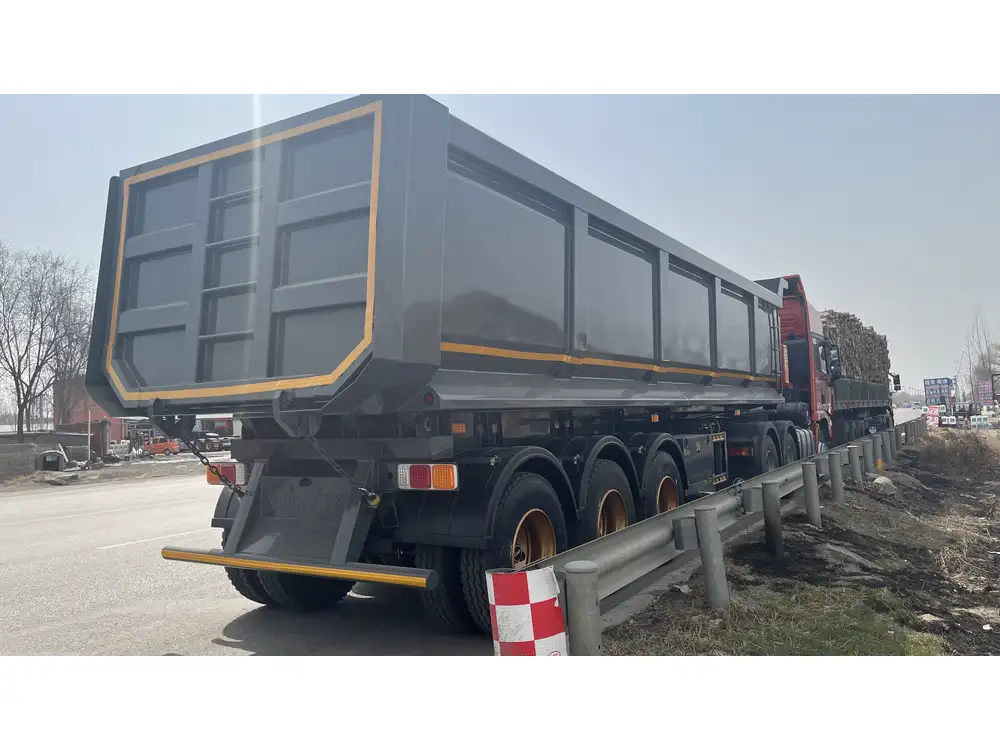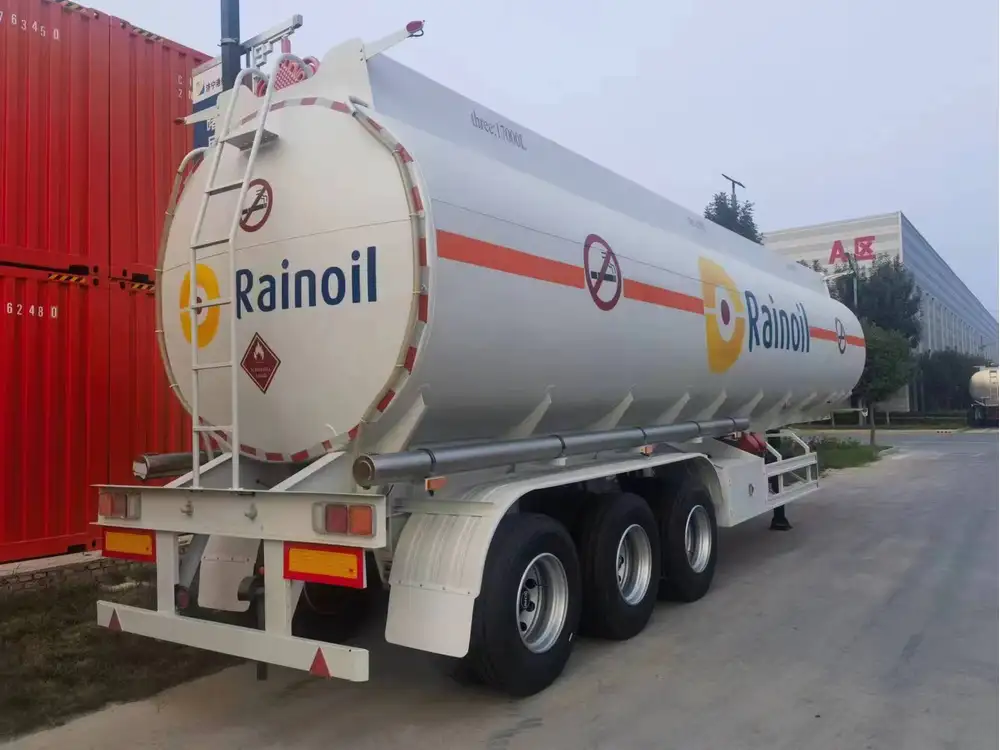In the world of heavy-duty trucking, the intricate mechanics of semi-trailer braking systems play a crucial role in ensuring safety and performance on the road. The question of whether any semis have brakes on the trailer is not just a technical inquiry—it’s a key consideration for fleet managers, drivers, and safety regulators alike. This article delves deeply into the braking systems used in semi-trailers, their types, advantages, regulations, and answers to related questions that might not be immediately apparent.
Table of Contents
- Overview of Semi-Trailer Braking Systems
- Types of Braking Systems on Semi-Trailers
- 2.1 Air Brakes
- 2.2 Electric Brakes
- 2.3 Hydraulic Brakes
- How Trailer Brakes Work
- Advantages of Having Brakes on Semi-Trailers
- Regulatory Requirements for Trailer Braking Systems
- Common Issues and Troubleshooting Tips
- Conclusion
Overview of Semi-Trailer Braking Systems
Understanding the function and importance of semi-trailer braking systems necessitates an exploration of the mechanics involved. Semi-trailers, typically composed of an articulated tractor and a hitch-mounted trailer, rely on a combination of braking systems to achieve optimal stopping power.
The braking system is crucial not only for the safety of the cargo but also for the drivers and other road users. When evaluating whether semis have brakes on the trailer, it’s vital to note that most modern semi-trailers are indeed equipped with either some form of trailer brakes or mechanisms that synergize with the tractor’s braking system.

Types of Braking Systems on Semi-Trailers
Braking technology has evolved significantly over the years, leading to the development of several types of braking systems. Each type serves specific needs and operates using different principles.
Air Brakes
Air brakes are the predominant system found in heavy-duty trucks. Here’s a breakdown of their function:
- Operation: Air brakes utilize compressed air to activate brake chambers, which apply force to the brake pads.
- Efficiency: They provide consistent stopping power, especially critical for large trailers that carry heavy loads.
- Design: Features include slack adjusters and air reservoirs that optimize braking efficiency by maintaining adequate air pressure.
Advantages of Air Brakes
- High Efficiency in Heavy Loads: Ideal for long-haul trucking where substantial weight must be controlled.
- Quick Response Time: The system rapidly responds to the driver’s actions, pivotal in hazardous conditions.
- Long Lifespan and Durability: Air brake systems tend to require less frequent maintenance compared to other types.

Electric Brakes
Electric brakes are often seen in lighter trailers but can also be applied to semi-trailers in certain configurations.
- Operation: They use electric current to energize coils in the brake assembly, inducing a magnetic force that pulls the brake shoes against the drum.
- Control: Electric brakes allow for a more controlled braking experience, as they can be adjusted in intensity based on the load.
Advantages of Electric Brakes
- Ease of Installation: Broadly applicable for various trailer types with simpler setups.
- Automatic Adjustment: Some units come with self-adjusting mechanisms, reducing manual maintenance.
- Precision Control: Better modulation allows for smoother stops.
Hydraulic Brakes
Hydraulic brakes are less common but still relevant in specific applications. Their operation is straightforward yet effective.
- Operation: These brakes rely on brake fluid pressure generated in response to the driver’s foot on the brake pedal.
- Application: Mostly integrated into smaller trucks and trailers needing precision over heavy-duty stopping power.

Advantages of Hydraulic Brakes
- Simplicity: Fewer parts mean less potential for failure and easier maintenance.
- Low Weight: Being lighter can allow for increased payload capacity.
How Trailer Brakes Work
When a truck driver engages the braking system, the various components of trailer brakes work in concert to provide stopping power. Here’s a simplified breakdown of the process:
- Driver Engagement: The driver presses the brake pedal in the tractor, which activates the braking mechanism.
- Air Release (for air brakes): Air builds up in the system, releasing pressure to activate brake chambers on the trailer.
- Brake Engagement: The brake shoes engage the drum, producing friction against the wheels.
- Deceleration: The combined force slows down both the tractor and trailer in a coordinated manner.
Advantages of Having Brakes on Semi-Trailers
The inclusion of brakes on semi-trailers is not merely an option; it’s often a necessity for safety, efficiency, and compliance. Some core benefits are highlighted below:
- Enhanced Safety: The ability to control the stopping distance mitigates risks on the road, especially under high-load conditions.
- Load Management: Brakes on the trailer help distribute stopping power evenly across the rig, reducing wear on the tractor’s brakes.
- Regulatory Compliance: Many jurisdictions mandate that trailers above a certain weight carry their own braking systems.

Regulatory Requirements for Trailer Braking Systems
Navigating the landscape of regulations can seem daunting. However, understanding the requirements can help manufacturers and fleet operators ensure their systems are compliant and safe.
Key Regulatory Points
- Federal Motor Carrier Safety Administration (FMCSA) stipulates standards for braking systems on commercial vehicles, including the necessity for trailers over 3,000 lbs (1,360 kg) to have brakes.
- Brake Performance Standards: Guidelines dictate braking performance must be commensurate with the weight of the trailer and cargo.
- Inspection Requirements: Regular inspections for brake conditions, including line integrity and pad wear, are mandated to avoid penalties.
Ensuring compliance with these regulations not only promotes safety but also enhances a fleet’s operational efficiency.
Common Issues and Troubleshooting Tips
Even the most advanced braking systems can encounter challenges. Here’s a structured approach to identifying and troubleshooting common problems:
| Issue | Potential Causes | Troubleshooting Tips |
|---|---|---|
| Reduced braking power | Worn brake pads or shoes | Inspect and replace as necessary. |
| Brake fluid leaks | Damaged lines or seals | Check for visible leaks and replace faulty components. |
| Air pressure drops | Leaks in the air system | Conduct an air system pressure test and repair leaks. |
| Electric brake failure | Faulty wiring or connector issues | Examine wiring for breaks and ensure connectors are secure. |
Addressing these issues promptly not only prevents safety hazards but also prolongs the life of the braking system.

Conclusion
In conclusion, the question “Do any semis have brakes on the trailer?” yields a resounding yes as modern semi-trailers are typically equipped with a suitable braking system that often includes brakes on the trailer itself. Understanding the diverse types of braking systems, their functions, advantages, and regulatory standards is paramount for anyone involved in the trucking industry—be it manufacturers, fleet managers, or drivers.
The conversations surrounding semi-trailer braking systems are essential for fostering a safer, more efficient road transport environment. By staying informed and proactive, we can contribute to significant improvements in the trucking industry’s safety metrics. Emphasizing the importance of regular maintenance and compliance with regulatory standards ensures that both trailers and their brakes perform optimally, safeguarding not just cargo but lives on the road.



